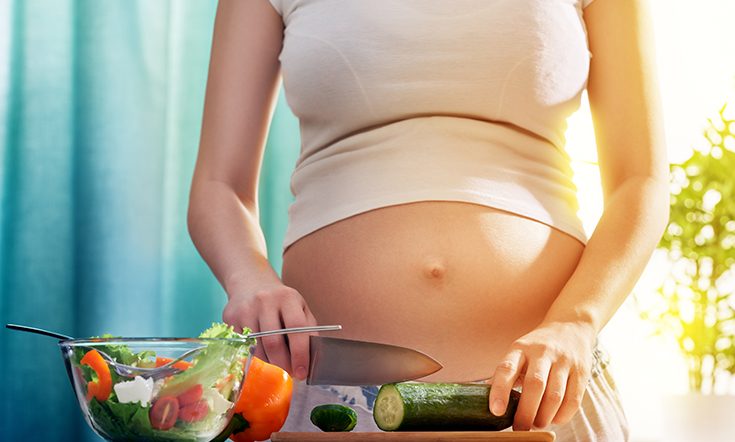

Iron is one of the most important minerals you need to maintain in pregnancy. Your pregnancy supplement will have iron included in it, but for some women it’s not enough. At some stage in their pregnancy this group of women will find that they need to top up their iron levels. We explain what iron does and why it’s so important during pregnancy.
It’s the Mover and Shaker of Oxygen
Iron is responsible for the manufacture of red blood cells in the body, and these are what move oxygen around your body. In pregnancy your blood volume increases, along with the baby that you are growing, so you need more iron to make sure you and your baby are getting sufficient oxygen. If you don’t have enough iron you can end up with low iron, which is not good news.
So What Is Low Iron?
It’s when you don’t have enough iron in your blood to circulate the oxygen that you need. It’s not specific to pregnancy, any one can end up with low iron stores, but your risk is greater if you’re pregnant. The major symptom of low iron is feeling very tired. You may already feel very tired, because you’re pretty busy growing a baby, but if you’re iron levels are low you may find yourself experiencing fatigue. You may also be more prone to infections and viruses.
How Do I Avoid It?
Ask your doctor to monitor your iron levels so if it does start to drop you can nip it in the bud. Taking an iron supplement will help with this, but also consider changing your diet to eat more iron-rich foods.
What Should I Eat to Get More Iron
The best iron-rich food are largely animal-based, but don’t fret if you’re vegetarian. If you have no objection to animal products then red meat, fish and chicken are the highest in iron. For our vegetarian Mamas, knock yourself out with legumes such as dried beans, lentils and chick peas.
Other iron rich foods include:
- green leafy vegetables
- seeds (e.g. sunflower seeds, sesame seeds)
- wholegrain breads
- nuts and nut butters
- dried fruit.
Plant-based iron-rich foods aren’t absorbed by the body as readily as animal-based products so to increase your absorption combine these suggestions with food that is high in vitamin C. These include broccoli, cabbage, brussels sprouts, cauliflower, capsicums, tomato, kiwifruit, oranges, and berries.
If that list overwhelms you think of it this way: a kiwi and berry smoothy, followed by some toast made with grainy or seeded bread. Lunch could be a spinach salad with some poached chicken or a couple of handfuls of chickpeas, followed by a piece of fruit and a handful of nuts. Your evening meal could be some stir fried veggies, a chicken stir-fry or a tomato-based pasta followed by some fresh or frozen berries.























